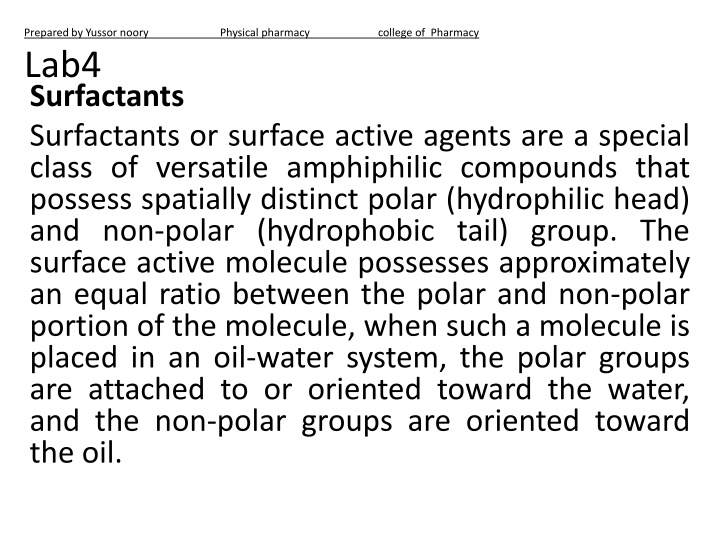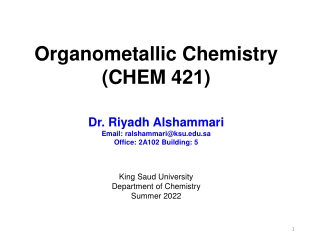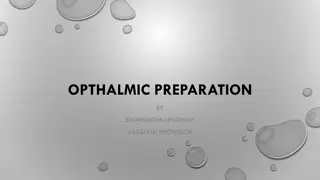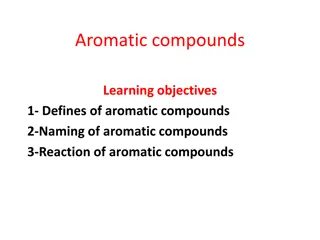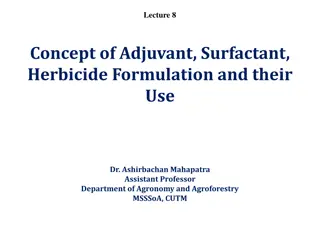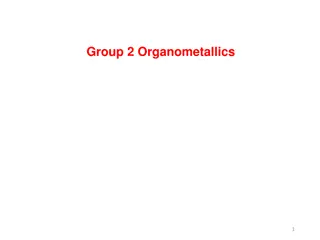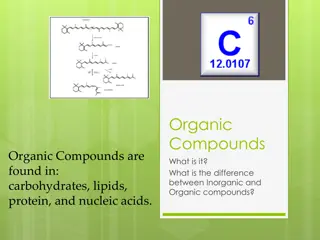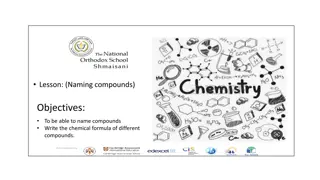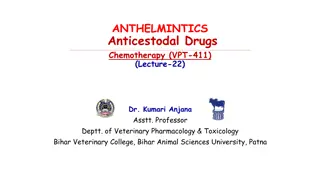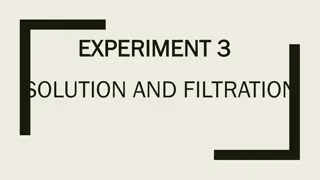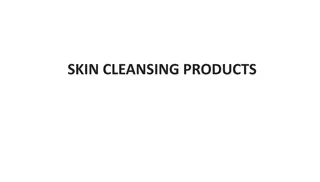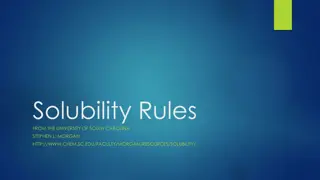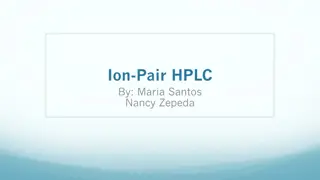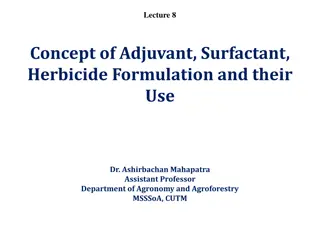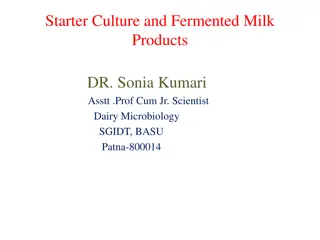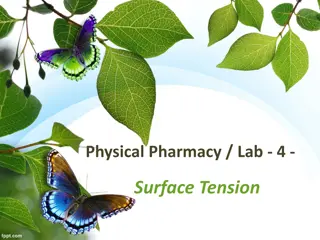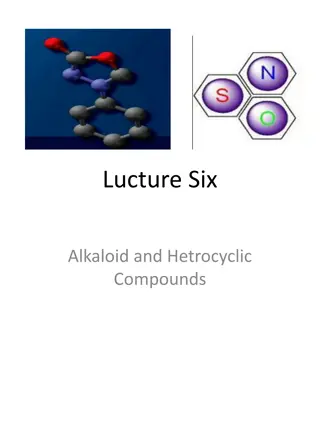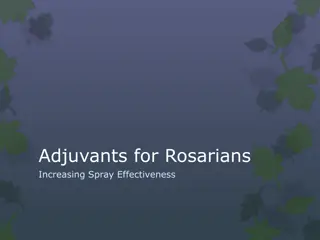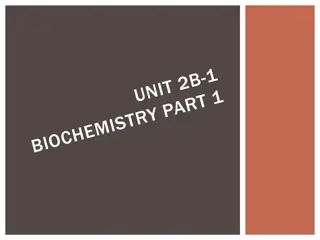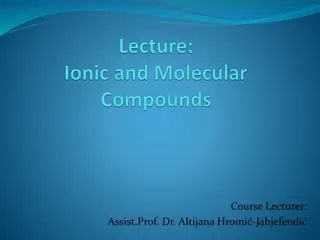Surfactants: Amphiphilic Compounds Explained
Surfactants, also known as surface active agents, play a vital role in various systems by lowering interfacial tension between oil and water. They are classified into ionic, nonionic, and amphoteric surfactants, each serving specific purposes. The HLB system is utilized to determine emulsifying agent characteristics for creating water-in-oil or oil-in-water emulsions. Understanding the HLB value of emulsifier blends is crucial for stable emulsion formulation.
Download Presentation

Please find below an Image/Link to download the presentation.
The content on the website is provided AS IS for your information and personal use only. It may not be sold, licensed, or shared on other websites without obtaining consent from the author.If you encounter any issues during the download, it is possible that the publisher has removed the file from their server.
You are allowed to download the files provided on this website for personal or commercial use, subject to the condition that they are used lawfully. All files are the property of their respective owners.
The content on the website is provided AS IS for your information and personal use only. It may not be sold, licensed, or shared on other websites without obtaining consent from the author.
E N D
Presentation Transcript
Prepared by Yussor noory Lab4 Surfactants Surfactants or surface active agents are a special class of versatile amphiphilic compounds that possess spatially distinct polar (hydrophilic head) and non-polar (hydrophobic tail) group. The surface active molecule possesses approximately an equal ratio between the polar and non-polar portion of the molecule, when such a molecule is placed in an oil-water system, the polar groups are attached to or oriented toward the water, and the non-polar groups are oriented toward the oil. Physical pharmacy college of Pharmacy
The surface active molecule is absorbed or oriented in this manner, lowering interfacial tension between the oil and water. This modification is useful in monolayer formation at the organic-aqueous interface (above). Classification of Surfactant Low molecular mass surfactants Nonionic Ionic Amphoteric consequently,
Ionic surfactants Nonionic surfactants Amphoteric surfactants
HLB System The hydrophile-lipophile balance or HLB method is useful hydrophilic and lypophilic characteristics of an emulsifying agent. An arbitrary scale has been set up, a high HLB value indicates water dispersibility or solubility, substances that have an HLB value of 8 18 are suitable for preparation of O/W emulsion, and those with an HLB value of 1 8 are good for W/O emulsion. for expressing the thus those
HLB < 8 O/W Preparing water-in-oil emulsions HLB > 10 W/O Preparing oil-in-water emulsions
When two or more emulsifiers are blended, the resulting HLB of the blend is easily calculated.For example, suppose you want to determine the HLB value of a blend comprising 70% of TWEEN 80 (HLB = 15) and 30% Of SPAN 80 (HLB = 4.3). The calculation wouldbe: TWEEN 80 70% X 15.0 = 10.5 SPAN 80 30% X 4.3 = 1.3 HLB of blend = 11.8 The HLB number are additive, thus that the HLB value of a blend of emulsifying agents may be calculated.For example the HLB value of a 60 % Tween 80 and 40 % Arlaced 80 is: HLB Arlaced 80 4.3 * 0.4 = Tween 15.0 * 0.6 = Fraction of emulsifier 1.7 9.0 10.7 (total HLB) An emulsifying agent with an HLB value of 12.2 is optimum for producing a stable O/W emulsion. Using a mixture of arlaced 80 and polysorbate 80, the fraction of each to be used in the mixture may be determined, if represents the fraction of the total emulsifier combination composed of polysorbate (x) 80, then (1-x) is the fraction representing arlaced 80. The sum of these will give a total HLB value of 12.25 therefore, 4.3 * (1-x) + 15 * x = 12.25 = 0.74 or 74% polysorbate 80. The emulsifying mixture consists of 74% polysorbate 80 and 26% arlaced 80.
Importance of S.A.AG to the pharmacist:- 1- emulsifiers 2- solubilizers 3- wetting agents 4- antifoaming agents
Experimental work Determination the Surface active agents by the HLB method
Procedure: A) 1- Place approximately 5 mg of stearic acid on the surface of hot water in a beaker, the fatty acid will melt to a lens-shape drop. 2- Allow the water to cool. When the stearic acid has solidified, remove it without disturbing the surface and allow it to dry. Attempt to wet the bottom of the coke which solidified in contact with water by using a few drops of water. Record your observation. 3- Add a few drops of water to the top of the coke which solidified in contact with the air and attempt to wet this surface. Record your observation.
B) Using equal volumes of heavy liquids Petroleum and distilled water, prepar 100 ml of an O/W emulsion using a blend of Span and Tween 80 (50%-50%). Record the proportion and the amount of each used.
